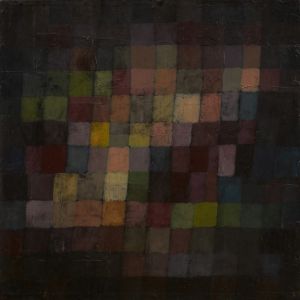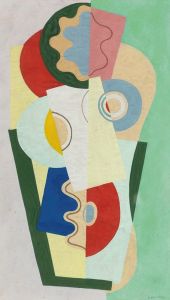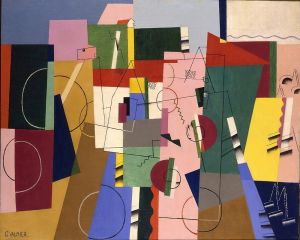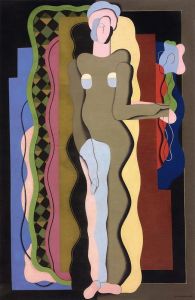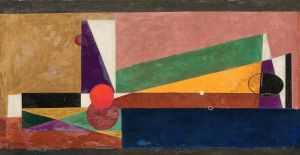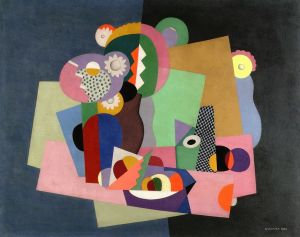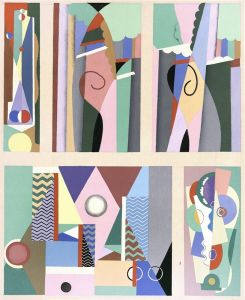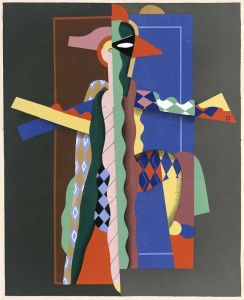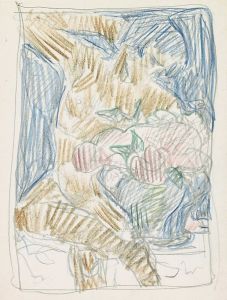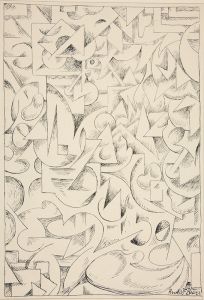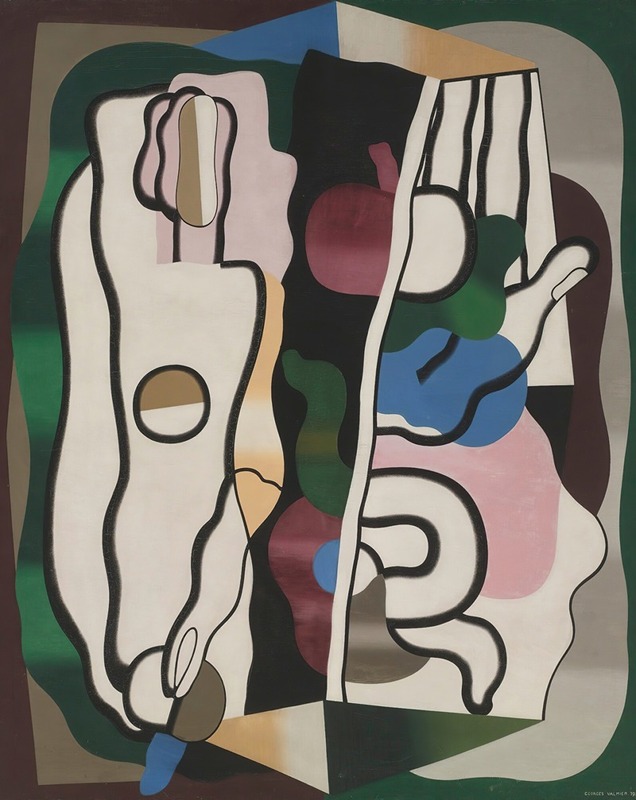
Eve
A hand-painted replica of Georges Valmier’s masterpiece Eve, meticulously crafted by professional artists to capture the true essence of the original. Each piece is created with museum-quality canvas and rare mineral pigments, carefully painted by experienced artists with delicate brushstrokes and rich, layered colors to perfectly recreate the texture of the original artwork. Unlike machine-printed reproductions, this hand-painted version brings the painting to life, infused with the artist’s emotions and skill in every stroke. Whether for personal collection or home decoration, it instantly elevates the artistic atmosphere of any space.
Georges Valmier (1885–1937) was a French painter known for his contributions to the Cubist movement. His work is characterized by vibrant colors and geometric forms, and he was part of the broader avant-garde movement that sought to redefine art in the early 20th century. Valmier's painting "Eve" is one of his notable works, although specific details about this painting are relatively scarce compared to some of his other pieces.
Valmier was born in Angoulême, France, and he moved to Paris to pursue his artistic career. He studied at the École des Beaux-Arts and was influenced by the works of Cézanne and the Cubists, including Pablo Picasso and Georges Braque. Valmier's style evolved over time, and he became known for his abstract compositions that often incorporated elements of Cubism and Orphism, a movement that emphasized the use of color and light.
"Eve" by Georges Valmier is an example of his mature style, where he combined the structural elements of Cubism with a vivid color palette. While specific information about the painting "Eve" is limited, it is likely that the work reflects Valmier's interest in abstraction and his ability to synthesize different artistic influences into a cohesive whole. His paintings often feature overlapping planes and fragmented forms, creating a sense of depth and movement.
Valmier's work was not widely recognized during his lifetime, but he was part of a circle of artists who were pushing the boundaries of traditional art. He exhibited with the Section d'Or group, which included artists like Robert Delaunay and Fernand Léger, who were also exploring new ways of representing reality through abstraction. Valmier's use of color and form was innovative, and his paintings often evoke a sense of rhythm and harmony.
In addition to his paintings, Valmier also worked in theater design and created set designs for ballets and operas. His interest in music and performance is evident in the dynamic compositions of his paintings, which often resemble musical scores in their complexity and structure.
Valmier's contributions to modern art were recognized posthumously, and his works are now part of major collections, including the Centre Pompidou in Paris. His legacy is that of an artist who was ahead of his time, exploring new artistic territories and influencing future generations of abstract artists.
While "Eve" specifically may not be as well-documented as some of his other works, it remains an important part of Valmier's oeuvre, representing his commitment to innovation and his unique vision within the Cubist movement. His ability to blend color, form, and abstraction continues to be celebrated and studied by art historians and enthusiasts alike.





